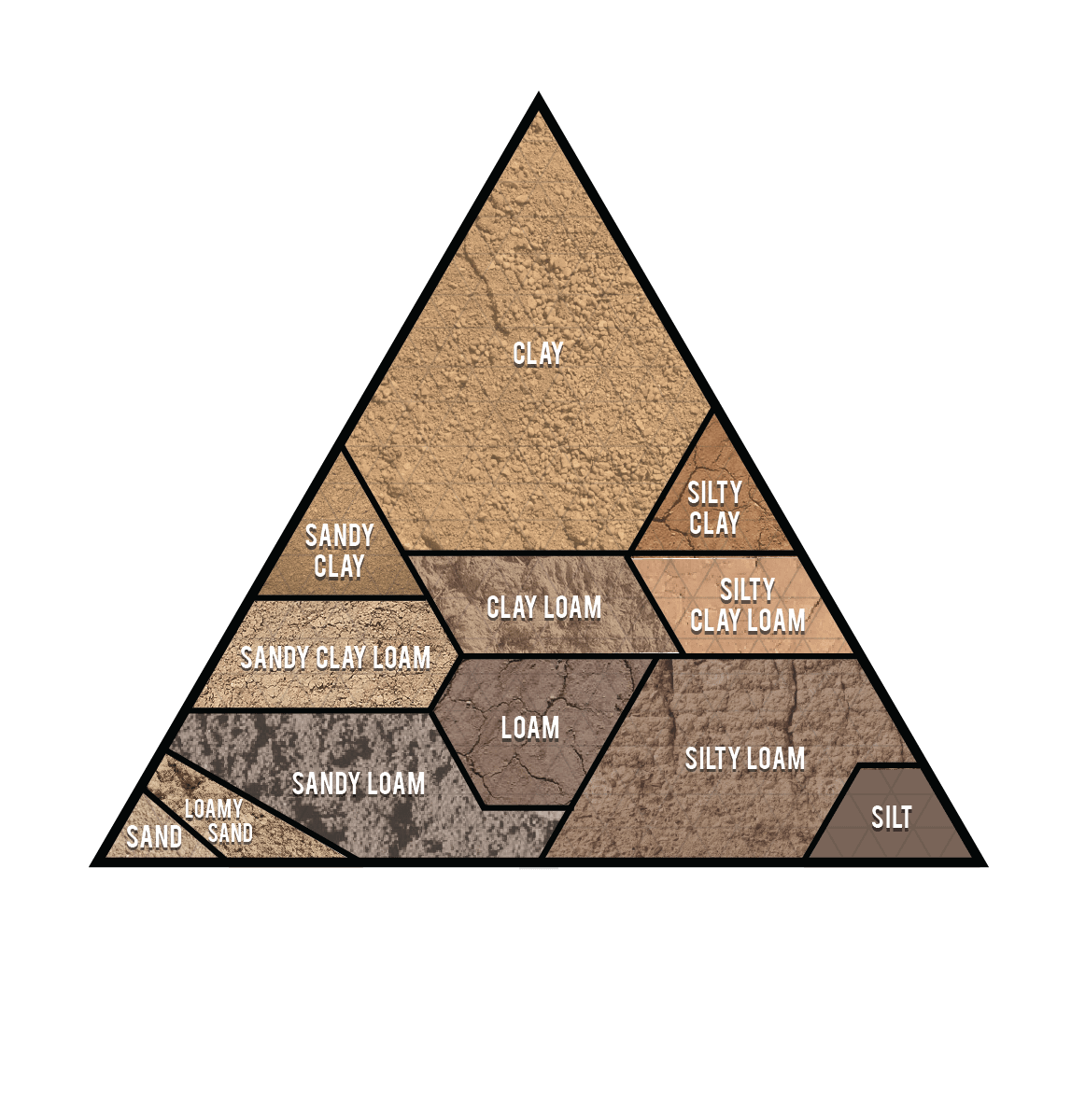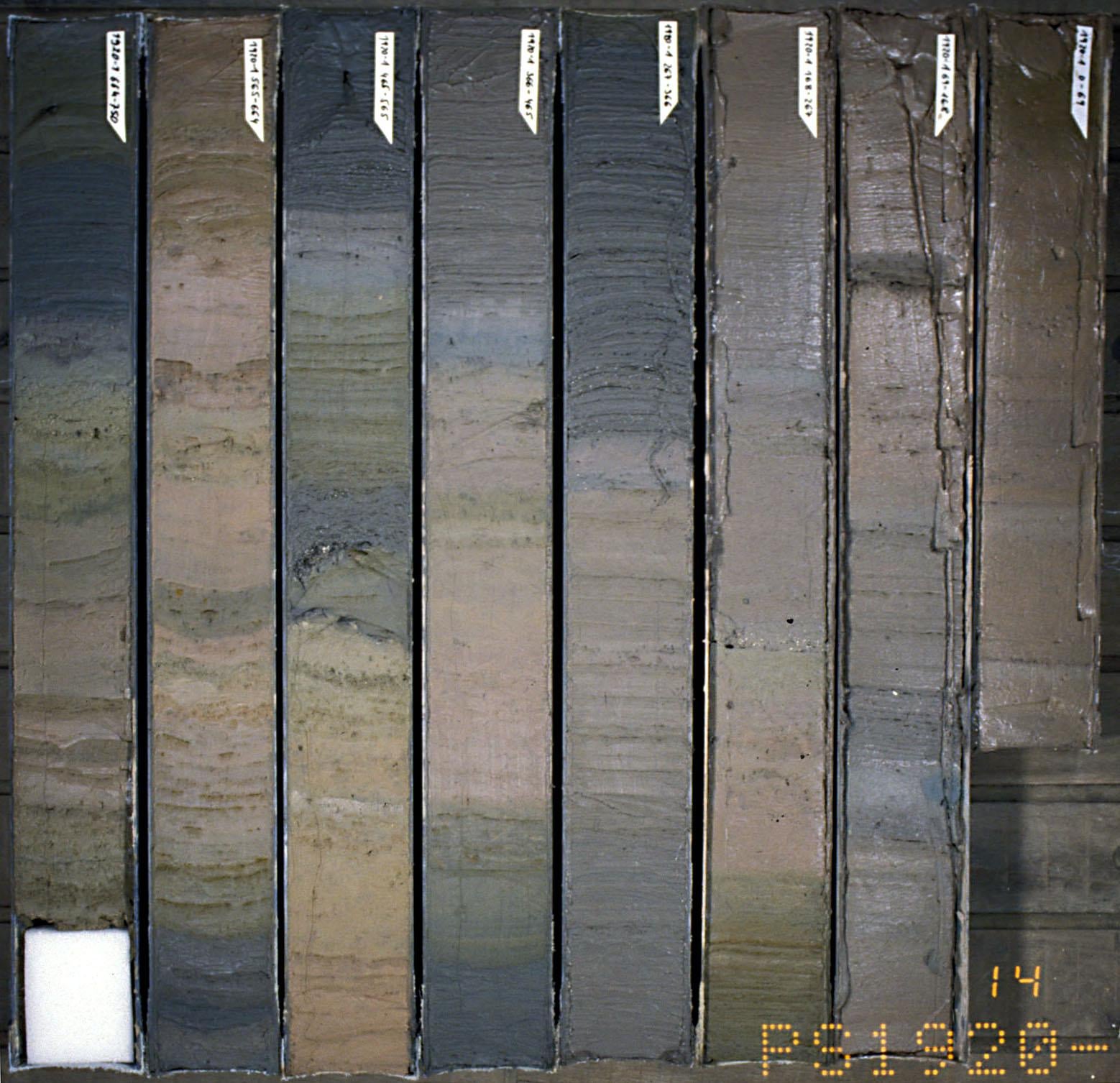this post was submitted on 21 Jan 2024
23 points (100.0% liked)
Soil Science
553 readers
1 users here now
Welcome to c/soilscience @ slrpunk.net!
A science based community to discuss and learn all things related to soils.

Notice Board
This is a work in progress, please don't mind the mess.
Subdisciplines of soil science include:
- Soil Taxonomy & mapping
- Soil Fertility & Organic Amendments
- Soil Chemistry & Remediation
- Soil Mineralogy
- Soil Physics
- Soil Biology
These subdisciplines are used by various other disciplines, particularly those related to reclamation, remediation, and agriculture.
Rules
- Don't throw mud. Be kind and remember the human.
- Keep it rooted (on topic).
- Please use a tag.
- No spam.
- Memes are welcome, but the focus of this community is science-based
Resources
Blogs
Careers
Chemistry
- Secondary and micronutrient availability by pH
- Secondary and micro nutrients availability by pH line graph
- Common Nutrient Deficiency Symptoms on Leaves Infographic
Classification
Maps & Datasets
Canada
- Canadian System of Soil Classificaiton
- 1982 Canadian Manual for Describing Soils in the Field
- Alberta Soil Quality Criteria Relative to Disturbance this one is widely used across Canada
- Best management practices for conservation of reclamation materials in the mineable oil sands region of Alberta - a good guide to basic reclamation and revegetation BMPs
Europe
- Agrifood Soilscapes (UK)
- Datasets from the BGS (UK)
- Datasets from the James Sutton Institute (UK)
- Scotland Environment Soil Maps
- Soil Atlas of Europe
- UK Geochemical Atlas
- UK Soil Observatory
United States
World
Soil Contamination:
- Cornell Guide to Testing Contaminated Soils
- CCME Soil Guidelines for Contaminants
- Wikipedia Lists of Hyperaccumulators for Bioremediation

Similar Communities
- [email protected]
- [email protected]
- [email protected]
- [email protected]
- [email protected]
- [email protected]
Sister Communities
Science and Research
Biology and Life Sciences
Plants and Gardening
Physical Sciences
Humanities and Social Sciences
Memes
Find us on Reddit
founded 1 year ago
MODERATORS
you are viewing a single comment's thread
view the rest of the comments
view the rest of the comments
Thank you for the tips! Luckily I’ve got too many jars laying around so that won’t be a problem.
As for neighbours, there’s a bit of a language barrier, but I’ve got my gf’s grandma who’s growing a bunch of stuff near here so I’m definitely planting natives, but I also want to plant a couple of blackcurrant bushes which might prove to be a little tricky since there’s little rainfall.
One method that may be useful for experimenting with currants in a dry region is the practice of pit-and-mound plantings. Just upslope of where you intend to plant them, dig a small hole and tamp down the bottom and sides to create a basin. It can help to add water during this step, and it will give you the ability to see how the rate of percolation (the draining of the water through the soil) changes. The goal of this method is to catch as much of the precipitation as possible and release it slowly and locally to a particular plant. This will give that plant a longer period of water availability which could help to mitigate the general lack of rain.
Since currants propagate readily from mounding, or stool layering (if you're looking for other plants this will work with), you can use the soil you dug to build up soil against the stems. Alternatively, you can use the removed soil to create small half rings on the downslope side of them to create additional space to hold water. If you decide to mound the soil, be sure to make the top as flat and level as you can to allow water to soak in instead of running off too quickly.